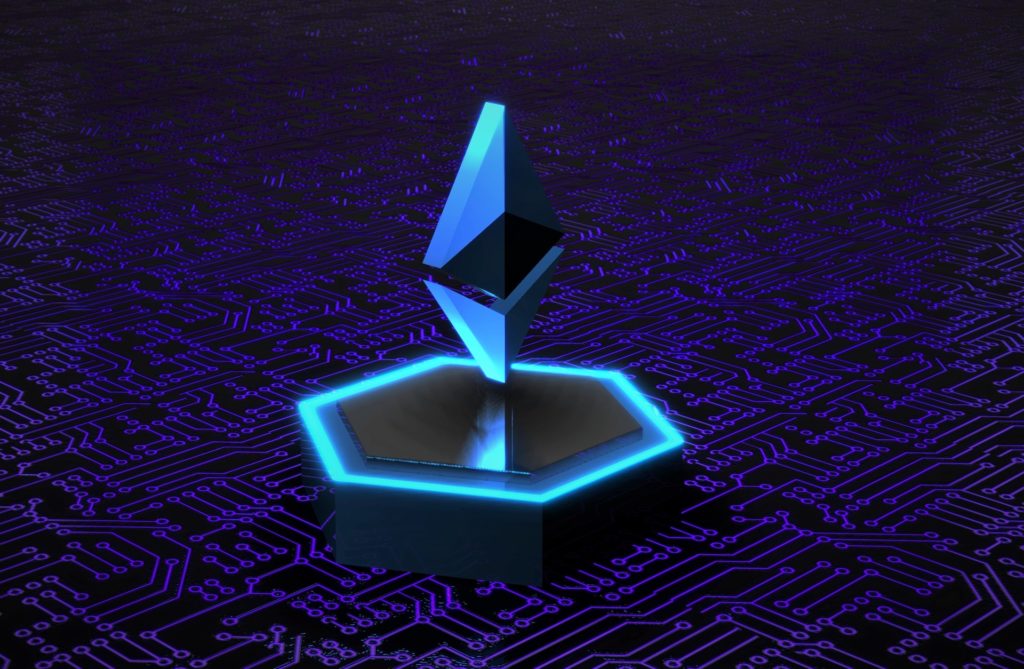Table of Contents
Proof-of-Work has been replaced with Proof-of-Stake as the consensus mechanism on Ethereum’s network. Following the successful completion of the merge, there are a variety of ways in which you can put your Ethereum to use.
The much-anticipated Ethereum integration was successful this time around. The developers of Ethereum were able to do the unimaginable after years of careful planning and preparation. The Ethereum network has transitioned from one based on Proof-of-Work to one based on Proof-of-Stake. After the integration, we take a deep dive into the various methods in which you may put your Ethereum to use in today’s article.

To put it in the most basic words possible, the merging occurred when engineers working on Ethereum combined the old (mainnet) execution layer of Ethereum with its new Proof-of-Stake consensus layer, which is known as the Beacon Chain.
After the merge, the Ethereum chain will no longer rely on miners to ensure its integrity; instead, it will employ Ethereum that has been staked. This improvement is a huge step forward in achieving increased scalability, security, and sustainability in the long term. Because of the integration, Ethereum’s overall energy consumption dropped by 99%.
Because of the upgrade, there are now new methods to use your ETH, as well as new ways to generate income using ETH that would otherwise just be sitting in a wallet and doing nothing. Staking is the central concept in all of these different approaches. Staking refers to the process of using tokens to validate transactions in exchange for rewards or yield.
There are a number of different approaches to staking Ethereum. Let’s take a look at these several methods of staking, along with the benefits and drawbacks of each.
Easy Ways to Use Your Ethereum After the Merge

Staking your Ethereum on a controlled exchange is the quickest and easiest way to put your cryptocurrency to use. The vast majority of the most important cryptocurrency exchanges provide staking of Ethereum in some form or another, typically beginning with as little as 0.01 ETH.
This strategy is ideal for inexperienced investors who are unfamiliar with the workings of the blockchain, as well as for those who are more at ease with the idea of entrusting a centralized organization with custody of their tokens.
You’ll be able to stake ETH within a few seconds after purchasing it, as the procedure of staking on an exchange is typically pretty simple and straightforward. You will not, however, have ownership of your keys if you use a centralized platform because this is standard practice.
Because of this, your tokens are at risk of being stolen from exchanges, being targeted by governments, or falling victim to exit scams. When using centralized systems, keep in mind the following phrase: “not your keys, not your currency.”
The return on Ethereum staked on CEX ranges from 3 to 5 percent annual percentage yield (APY).
Advanced Ways to Use Your Ethereum After the Merge

You can only stake your Ethereum in a genuine manner if you run your own node, as this is the only method that developers and other technically skilled lovers of Ethereum will inform you. You will become one of the validators on the blockchain if you run your own node, which will contribute to Ethereum’s decentralization as well as the overall health of the network.
To participate as one of these validators, you will need to make a significant financial investment. To begin, the node has a minimum operational need of 32 Ether. This Ethereum will not be accessible for withdrawal until the Shanghai upgrade is completed, which is not expected to happen until 2023.
In addition to that, the node will call for a robust hardware configuration. As a validator, you will be responsible for saving data on the blockchain and processing transactions on the blockchain around the clock. Because of this, you will need a strong computer and an internet connection that is reliable.
If you attempt to start a node with a wacky configuration, you will be penalized or even kicked off the network if the setup fails. Therefore, you should avoid doing this at all costs. Many people find that the costs of operating a single node are not justified by the benefits they receive from doing so.
The operation of a node grants you the ability to retain full control over your private keys and money, which is a beneficial development. The fact that you are the only person who can operate the node contributes to the blockchain’s already high level of decentralization.
Intermediate Ways to Use Your Ethereum After the Merge

Okay, so maybe it’s a bit excessive to self-host a whole node in this case. To our good fortune, there are a plethora of choices that may be made between CEX-staking and running a complete node.
To get started, you have the option of contracting businesses like Blox, Stakewise Solo, and Allnode to handle the technical aspects of hosting a node on your behalf. Even though a third party will be operating the node for you, you will still need 32 ETH in order to run it. In return for the validator keys you provide and the monthly fees required for the node’s functioning, you will not be responsible for the installation or maintenance of any hardware.
Running a node using this method will still cause a significant delay in the release of your cash. As was previously mentioned, it will not be possible to withdraw your ETH from staking until the year 2023. (which is still a prediction). The current system of staking only allows traffic in one direction. if you intend to run a full node, at the very least.
You are able to stake your Ethereum (ETH) using liquid staking solutions rather than remaining stuck in the protocol until the Shanghai upgrade is implemented. When you stake Ethereum with a liquid staking service like Lido or Rocket Pool, you will receive a “staked ETH” token in exchange for the Ethereum that you have staked. While the real ETH keeps on returning staking income, this token can be traded for normal ETH, used as collateral, or even sold for fiat currency.
The majority of liquid staking solutions provide another advantage in addition to the flexibility, and that advantage is staking pools. Because of these pools, it is no longer necessary for you to contribute the full 32 ethereum that is required to run a validator. Your stake will be combined with the stakes of others until it is possible to create a full node, as determined by the protocol.
You can start staking with any amount of Ethereum that you feel comfortable with, while still enjoying the benefits of running a validator. The value of this is evident. You can use as little or as much ether (ETH) as you like rather than having to put up a deposit of close to $42,000 (at the time this was written).
In most cases, the stake is non-custodial, which means that you are allowed to retain custody of your private keys. This is a further advantage. In conclusion, similar to how third-party full nodes operate, the staking protocol will, in exchange for a fee, take care of the entirety of the hardware installation and maintenance for you.
Final Thoughts
You can put your Ethereum to work in a number of different ways, including on controlled exchanges, decentralized platforms, or entirely by yourself if you choose to handle everything yourself.
Even if these platforms have a solid track record and will handle the Ethereum that you have staked with care, it is essential to be aware of the risk that is posed by third parties. Because validator keys are sent to the third party, there is a non-zero risk of being hacked or being the subject of other forms of hostile activity.
When you are considering staking, make sure you give yourself enough of time to perform study. In particular, you should not rush into non-liquid variants of staking, as you will not be able to reverse this decision until later on in the next year at the earliest. This decision should not be made lightly.
No matter what you choose to do with your Ethereum, we hope it brings you the best possible returns.
Disclaimer: The opinion expressed here is not investment advice – it is provided for informational purposes only. It does not necessarily reflect the opinion of EGG Finance. Every investment and all trading involves risk, so you should always perform your own research prior to making decisions. We do not recommend investing money you cannot afford to lose.
 English
English Français
Français Español
Español Bahasa Indonesia
Bahasa Indonesia 中文 (中国)
中文 (中国) Русский
Русский Português
Português Deutsch
Deutsch

